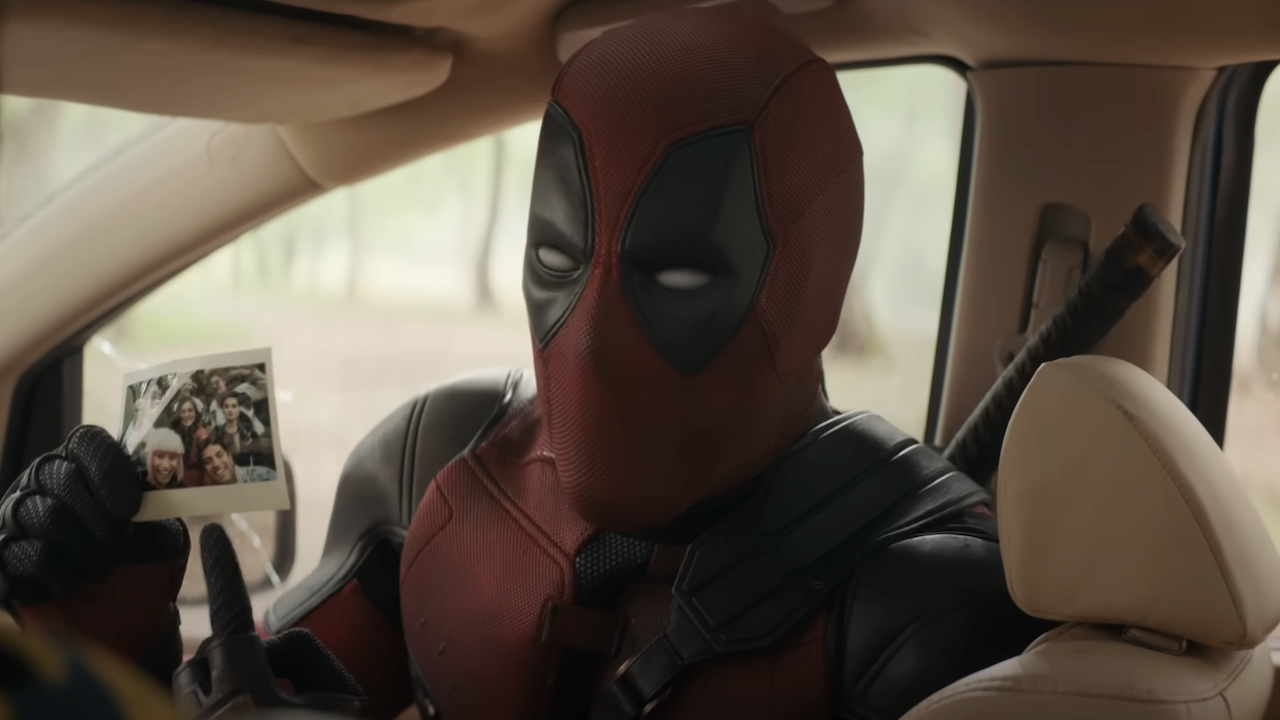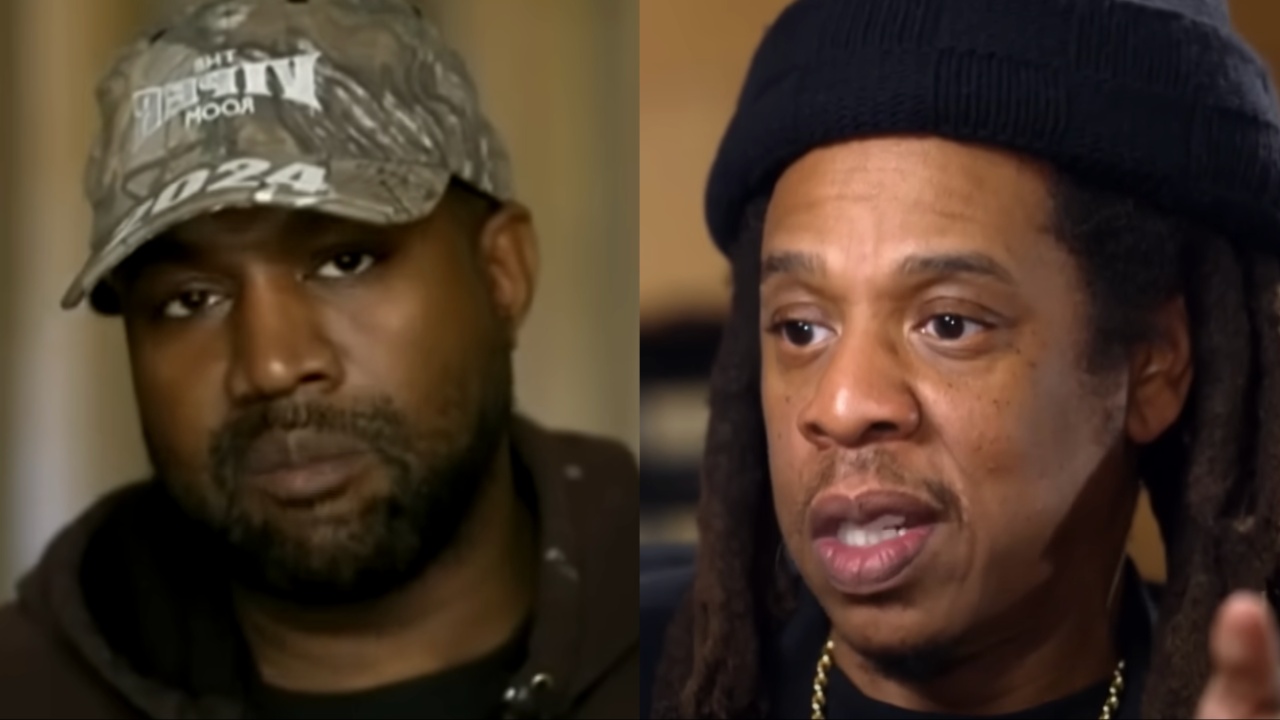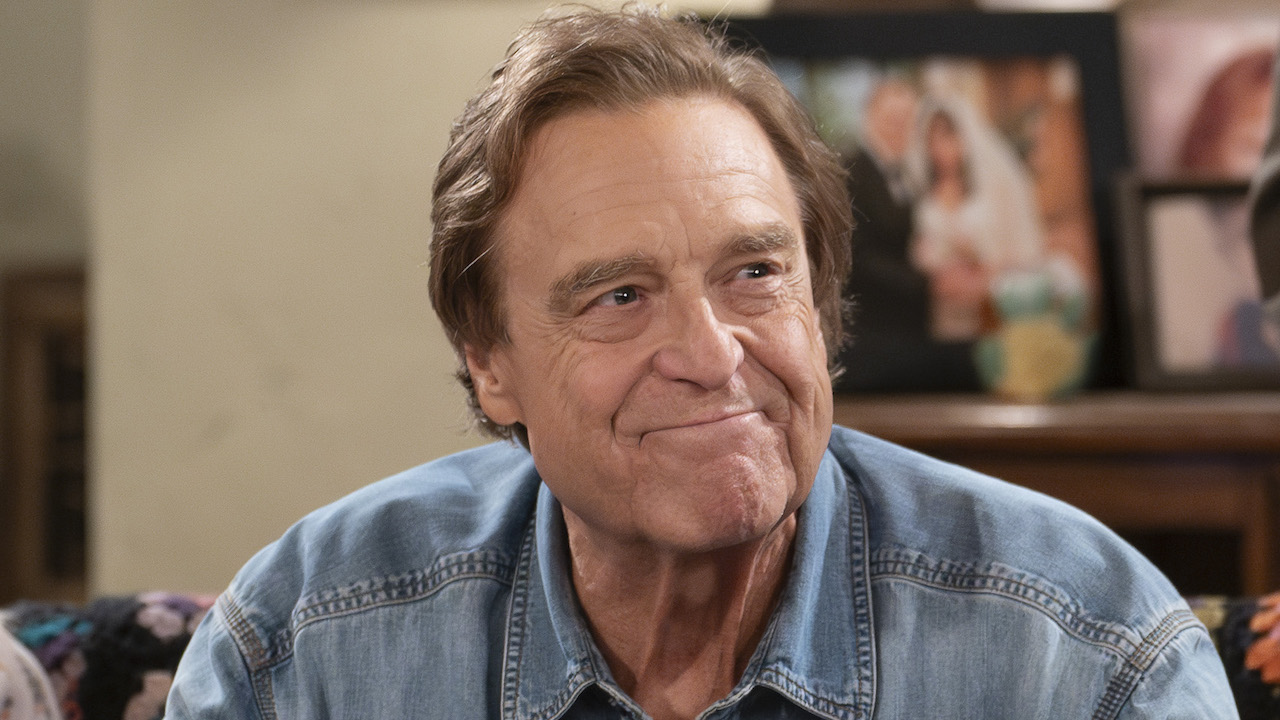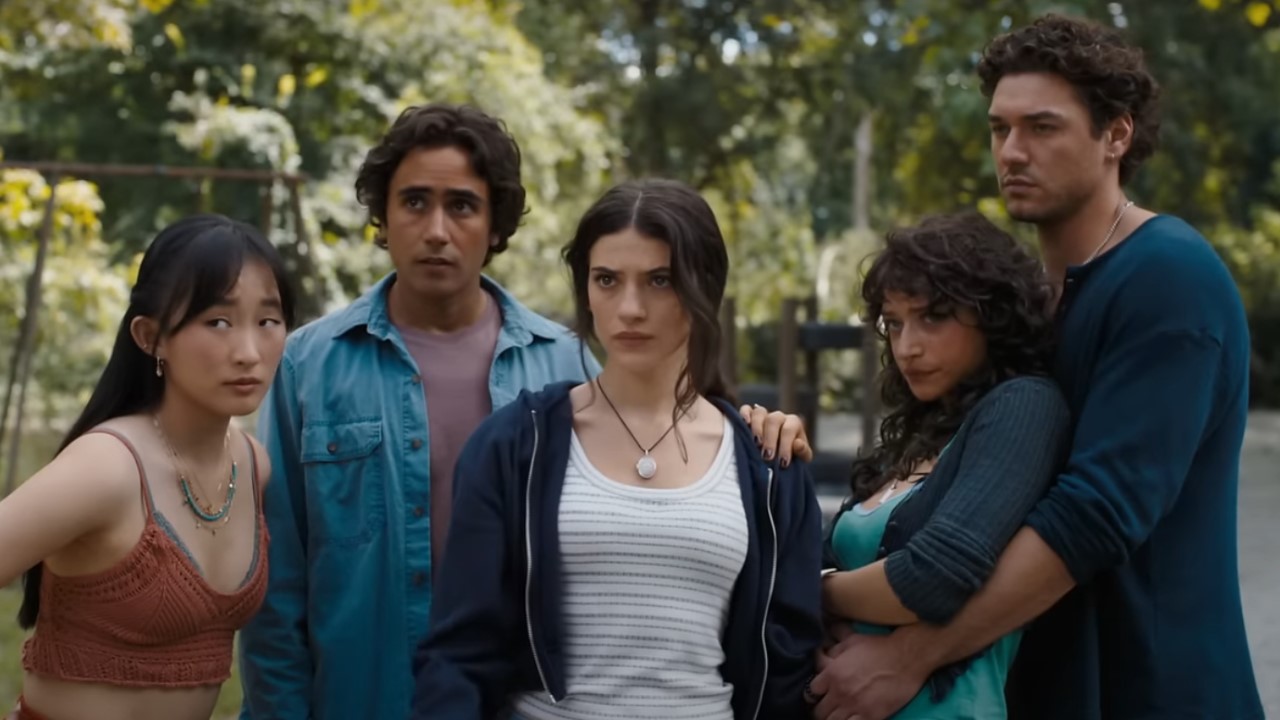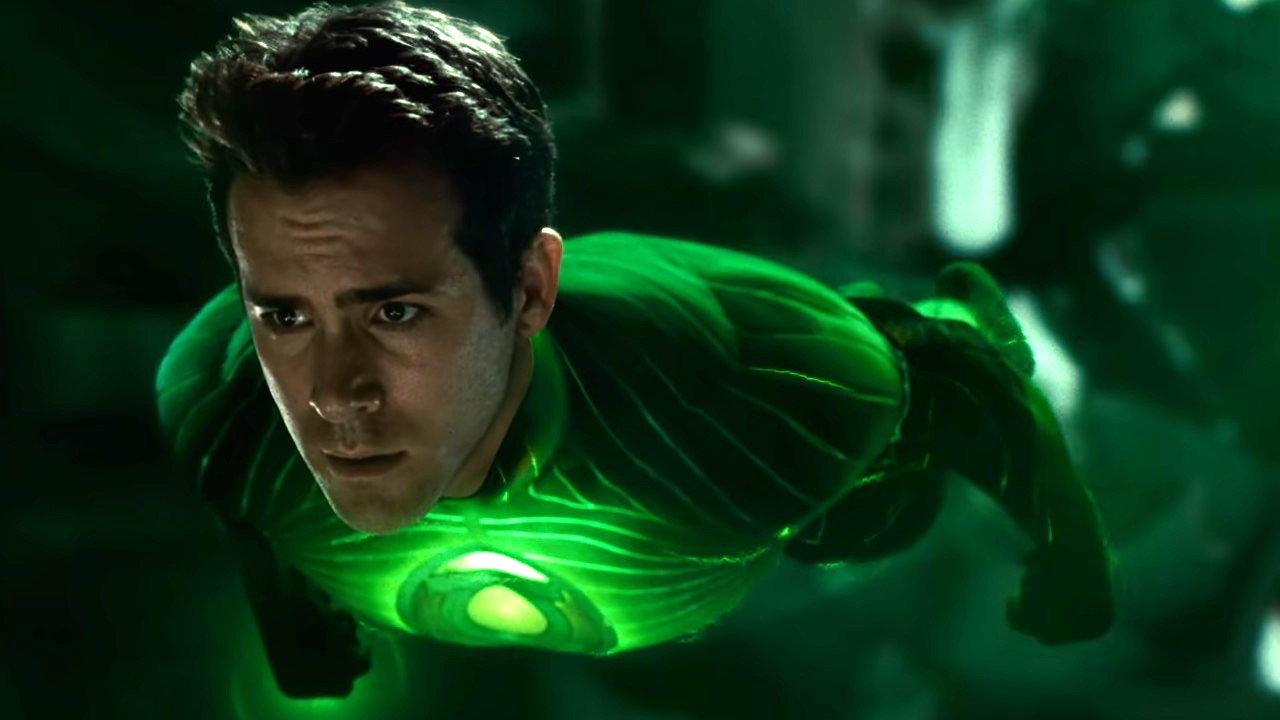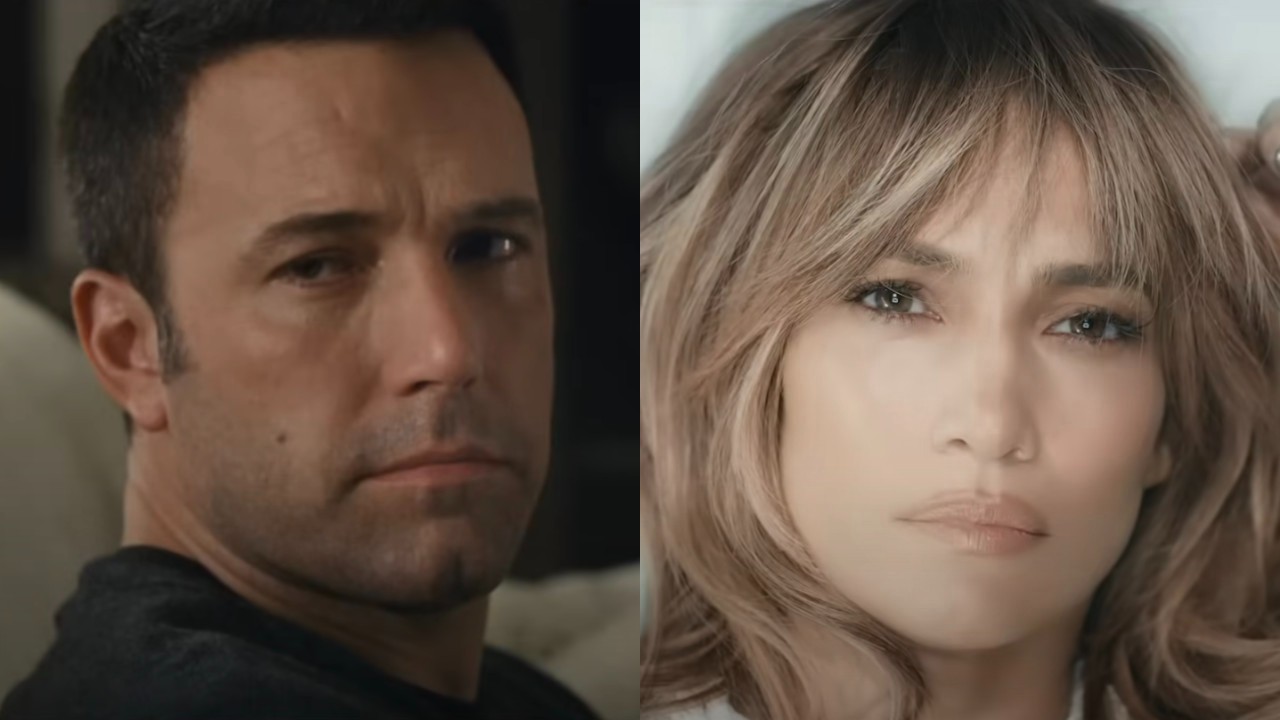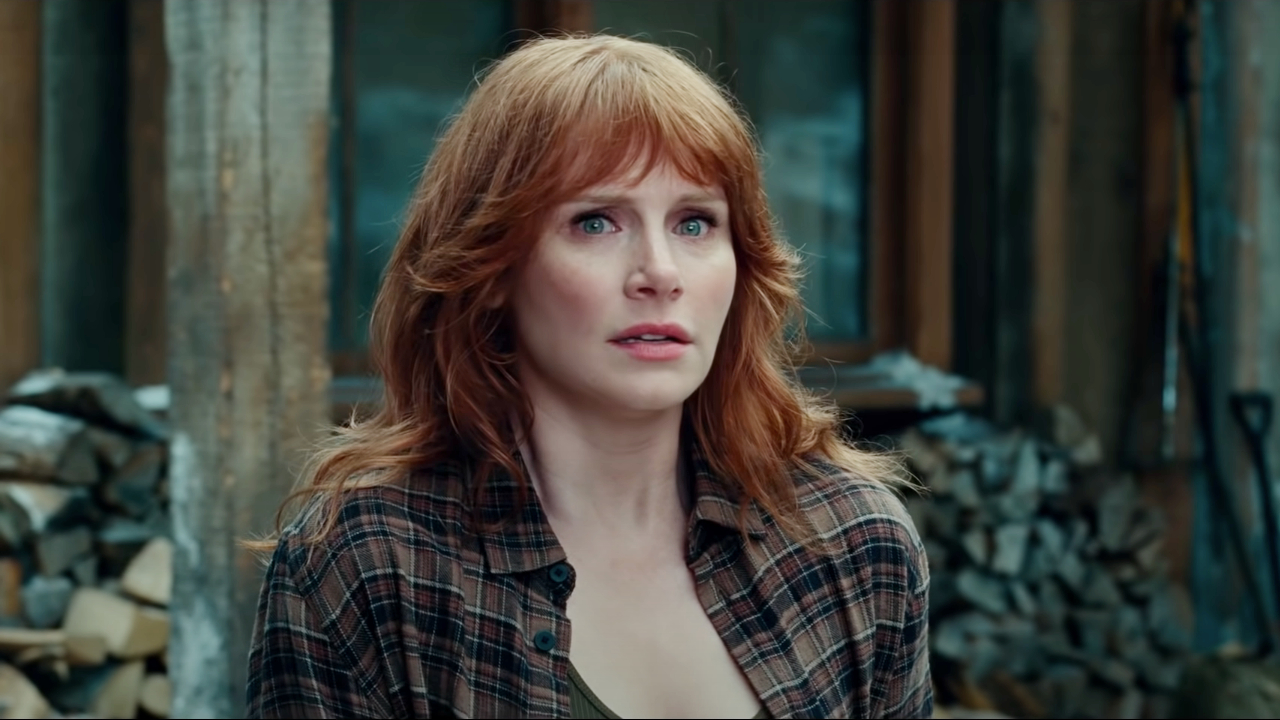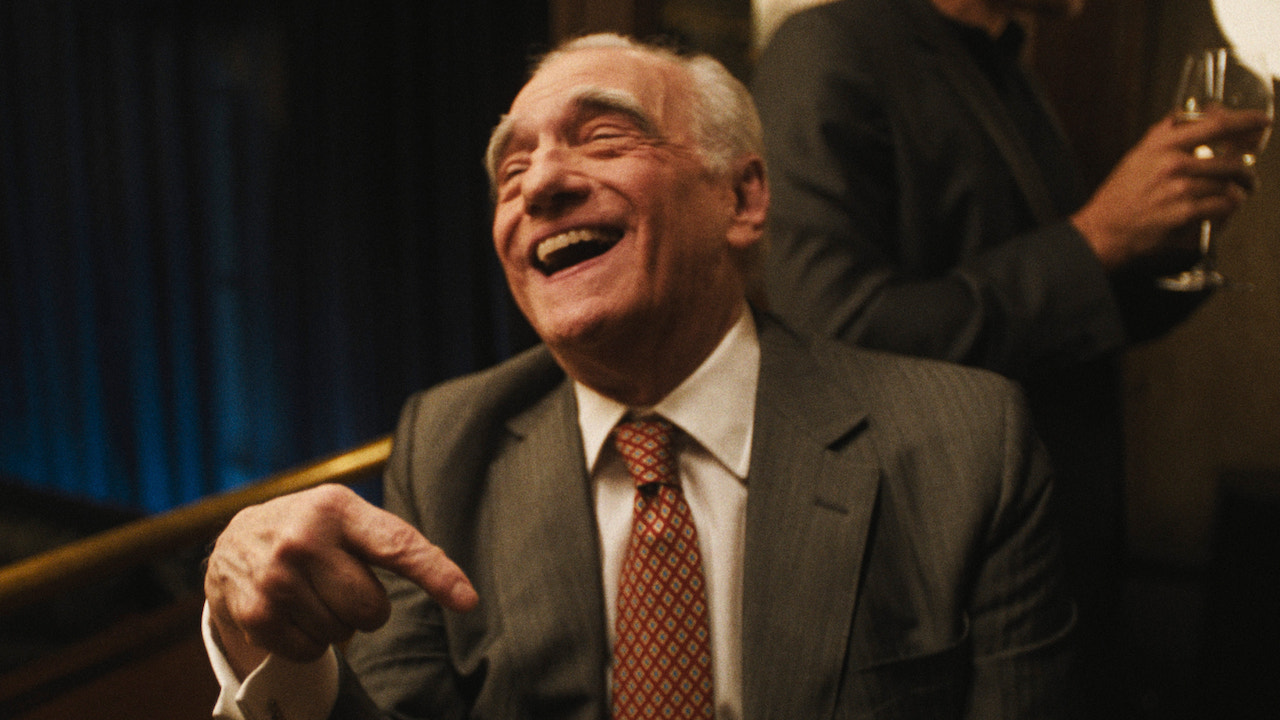To 3D Or Not To 3D: Buy The Right King Arthur Ticket

Who should find themselves so worthy as to remove this sword from a stone? Audiences around the world are going to find out when Guy Ritchie unleashes his unique take on King Arthur: The Legend of the Sword in theaters. Casting Sons of Anarchy standout Charlie Hunnam as the once and future king, King Arthur serves as an origin story for an orphaned child who -- in a Shakespearean fashion -- must pull himself out of the gutters of Londinium (London, at the time) and discover his true and regal destiny as the ruler of lands and kingdoms.
What you might not expect is that Guy Ritchie's live-action effort is offered in 3D, and it's some of the best 3D I have witnessed outside of the animation field in some time. Mind you, this is not a traditional review of King Arthur: Legend of the Sword. Head over here if you want to read our full review of the new movie. This is a breakdown of the movie's approach to 3D, to help you determine if the feature's worth the extra few dollars for the 3D experience. So, push yourself away from the round table, and read on.
One part Old-World Fantasy and one part Epic Hero's Journey, Guy Ritchie's King Arthur: Legend of the Sword ends up being a perfect fit for a 3D adventure. Opening with battles scenes that feature massive elephants swinging cannonballs from their trunks, the movie routinely looks for ways to have weapons, warriors and unexpected objects hurtling through the screen -- taking full advantage of the 3D conversion. As the movie continues, snakes, bats and all sorts of mythical creatures will have you cowering in your seat. It's a great 3D fit.
Knowing that he was telling a story that could utilize the 3D presentation, Guy Ritchie went above and beyond in planning out his scenes to use 3D in unexpected and welcome ways. In every shot of King Arthur, Ritchie has objects in the foreground -- from candles or fences to shields and actual people -- that elevate off of the screen and exist on a separate level from the objects in the back. You always recognize that you are watching scenes in 3D, and it makes most of the sequences in this action-heavy adventure pop.
This category was the most surprising during my viewing of King Arthur. So few movies take advantage of the Before the Window realm, the area in front of the screen which means that objects actually pop out at the audience. And forget about live-action movies. If anything, animated features try to utilize it. But King Arthur, as mentioned above, consistently has items floating off of the screen due to its 3D conversion. It might be the hilt of the sword Excalibur, or flaming arrows fired during battle. In one particularly intense fight between Arthur (Charlie Hunnam) and an army of enemies, broken swords and weapons fly in our faces. The Before the Window on King Arthur is a spectacular, and totally unexpected, treat.
When used properly, the deepest backgrounds of 3D movies look crisp and clear, with every fiber of an environment looking like it was perfectly photographed. That's usually because the images were created (or enhanced) in a computer. Beyond the Window looks best in animation or total CG, and is very hard to nail in live-action. So King Arthur loses a step by not giving us the crispest and clearest imagery in the backgrounds of its scenes. That being said, bad post-conversion makes the backgrounds of vast scenes look perpetually blurry and out-of-focus, and that's never the case with King Arthur. So its grade here is still strong.
Here's where people might have a problem. The visual palette of Guy Ritchie's King Arthur is muted and earth-toned. And regular 3D viewers will know that the dimness of the 3D glasses can deteriorate the brightness of the on-screen image, which is death when a director chooses to wash out his or her color scheme. King Arthur doesn't pop with vivid colors, and I know some audiences will complain that it's too dark. However, I have to say that based on the amount of dim and dark 3D I have witnessed over the years, Ritchie and his team did what they could to bring real crispness and clarity to their images, so that King Arthur -- to me -- never looked muddy and undersaturated... and that takes effort.
CINEMABLEND NEWSLETTER
Your Daily Blend of Entertainment News
When you remove your glasses during a 3D movie, the amount of blur that you witness signifies the amount of 3D that is being added to the images in question. A lame 3D movie can be watched with the glasses off, and you likely wouldn't even notice the difference. This is NOT the case with King Arthur. I removed my glasses on three separate occasions during the screening, and each time -- be it during an action scene or a casual conversation -- the blur on the on-screen images was intense. This is because Guy Ritchie included top-notch 3D conversion on every scene in his movie, ensuring that it has the visual enhancement at every turn.
Even with a thorough 3D conversion, Guy Ritchie keeps his action and movements in the 3D on a smooth swing, ensuring that every audience member can enjoy the enhancement without a fear of feeling queasy or off-balance during your King Arthur screening. Only one scene -- the aforementioned battle between Arthur and the forces of King Vortigern (Jude Law) in the place of Arthur's childhood training -- suffers from rapid cuts that cause the 3D to shutter out. The rest is smooth sailing.
The 3D on Guy Ritchie's King Arthur is outstanding, which is something I didn't expect to report. Why? Because live-action 3D, in general, tends to disappoint, and you could tell heading into the movie that Ritchie was bringing a muted visual approach to the epic tale of Arthur (Charlie Hunnam) and Excalibur in Camelot. But the director and his team put in the work to make sure the 3D enhancements actually enhance the moviegoing experience (imagine that), so I wholeheartedly recommend checking out King Arthur: Legend of the Sword in 3D in theaters soon.
Click to visit our full To 3D Or Not To 3D Archive.

Sean O’Connell is a journalist and CinemaBlend’s Managing Editor. Having been with the site since 2011, Sean interviewed myriad directors, actors and producers, and created ReelBlend, which he proudly cohosts with Jake Hamilton and Kevin McCarthy. And he's the author of RELEASE THE SNYDER CUT, the Spider-Man history book WITH GREAT POWER, and an upcoming book about Bruce Willis.

